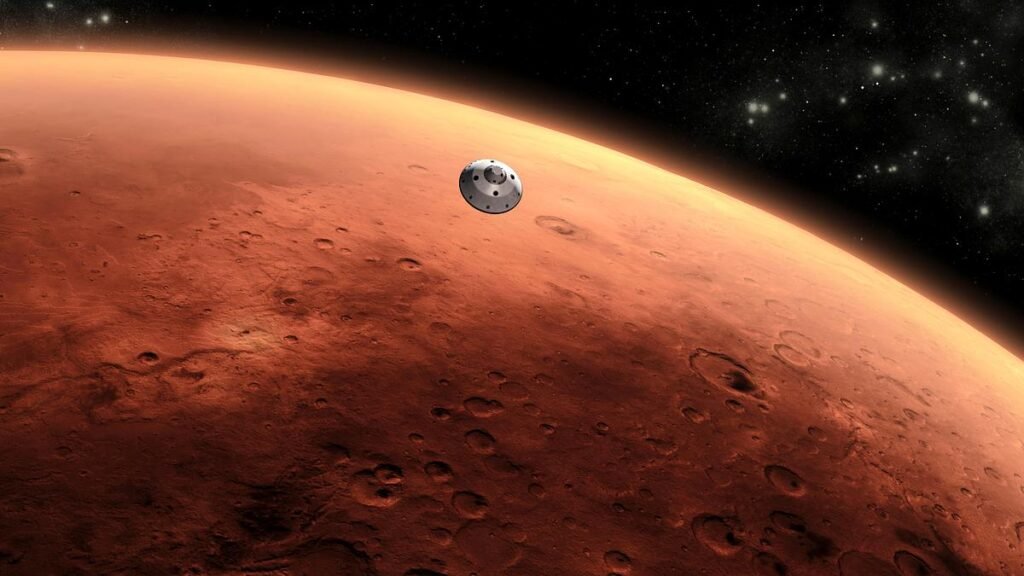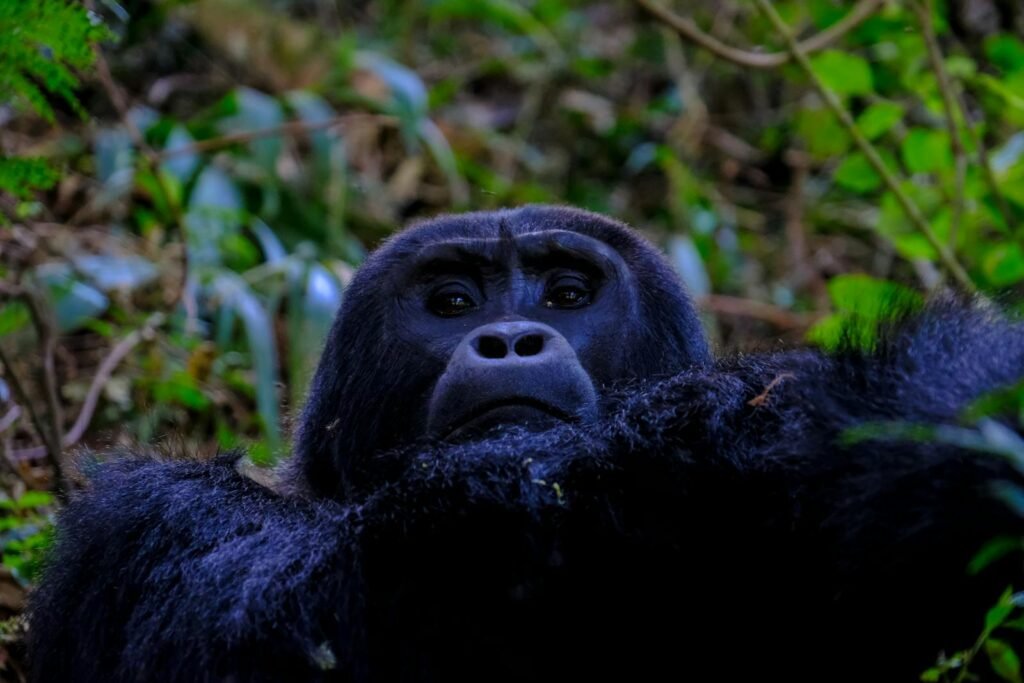Imagine a world where Earth’s tiniest inhabitants could hold the key to life on another planet. As we celebrate the International Day of Human Space Flight, the possibility of Earth’s microbes surviving on Mars isn’t just a science fiction fantasy—it’s a tantalizing reality that scientists are actively exploring. Could these microscopic organisms pave the way for human colonization of the Red Planet? Let’s dive into the fascinating world of astrobiology and uncover how these resilient life forms might thrive beyond our blue planet.
The Resilience of Earth’s Microbes
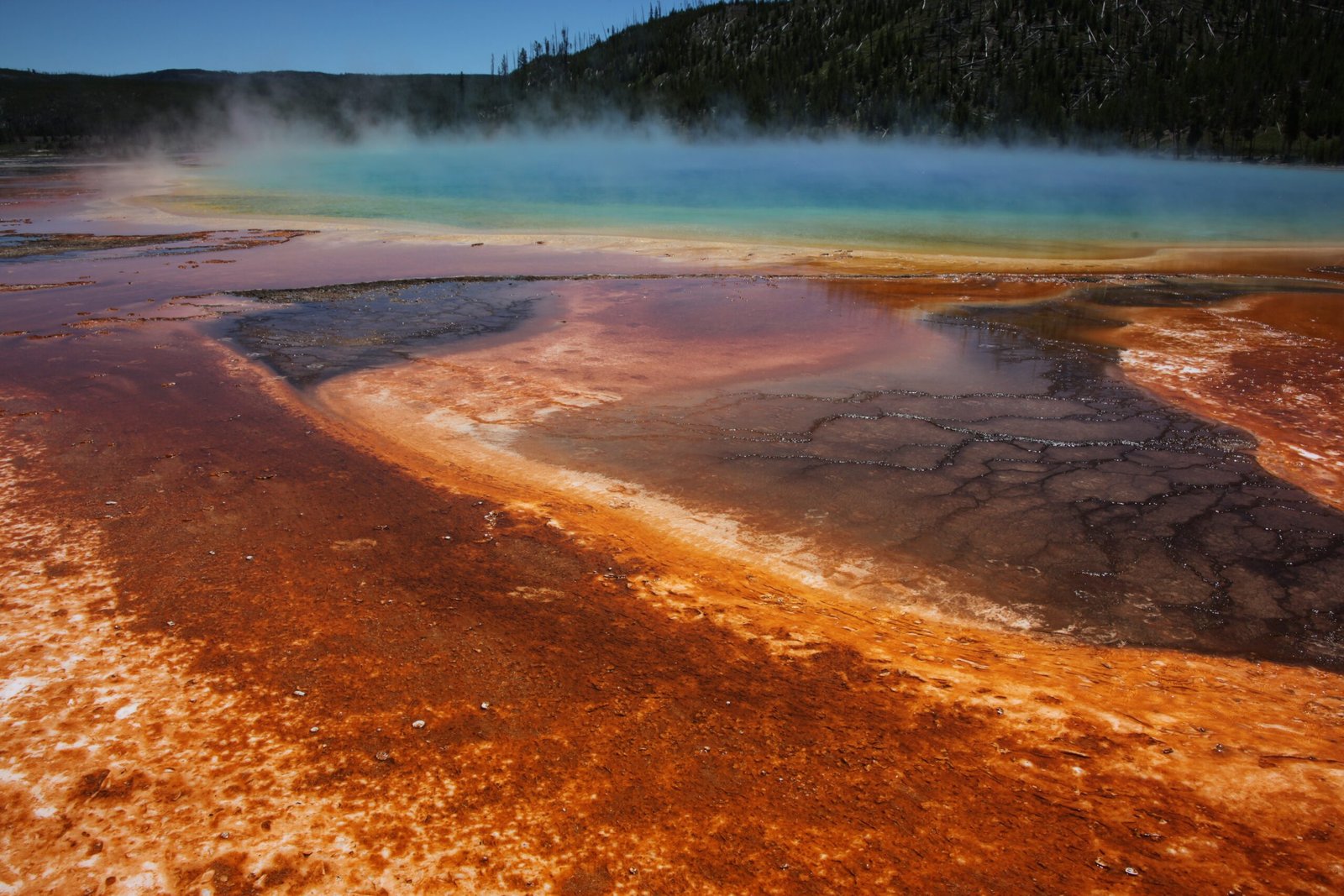
Earth’s microbes are nothing short of extraordinary. These microscopic organisms are found in some of the most extreme environments on our planet, from the icy depths of Antarctica to the scorching heat of hydrothermal vents. Their ability to adapt and thrive in such harsh conditions makes them perfect candidates for surviving the Martian environment. For instance, extremophiles, a type of microbe, have been known to endure radiation levels and temperatures that would be lethal to most life forms. This resilience hints at their potential to colonize Mars, where conditions are far from hospitable.
Mars: A Harsh Yet Intriguing Environment
Mars presents a challenging environment for any form of life. With its thin atmosphere, freezing temperatures, and high radiation levels, it’s a wonder that life could exist there at all. However, recent discoveries have shown that Mars has water ice and seasonal methane emissions, suggesting that the planet might not be as barren as once thought. These findings provide a glimmer of hope that microbes could find niches on Mars where they can survive, much like they do in Earth’s extreme environments. The presence of perchlorates in the Martian soil, which can provide energy to certain microbes, further fuels the possibility of microbial life on Mars.
Microbial Adaptation: A Key to Survival
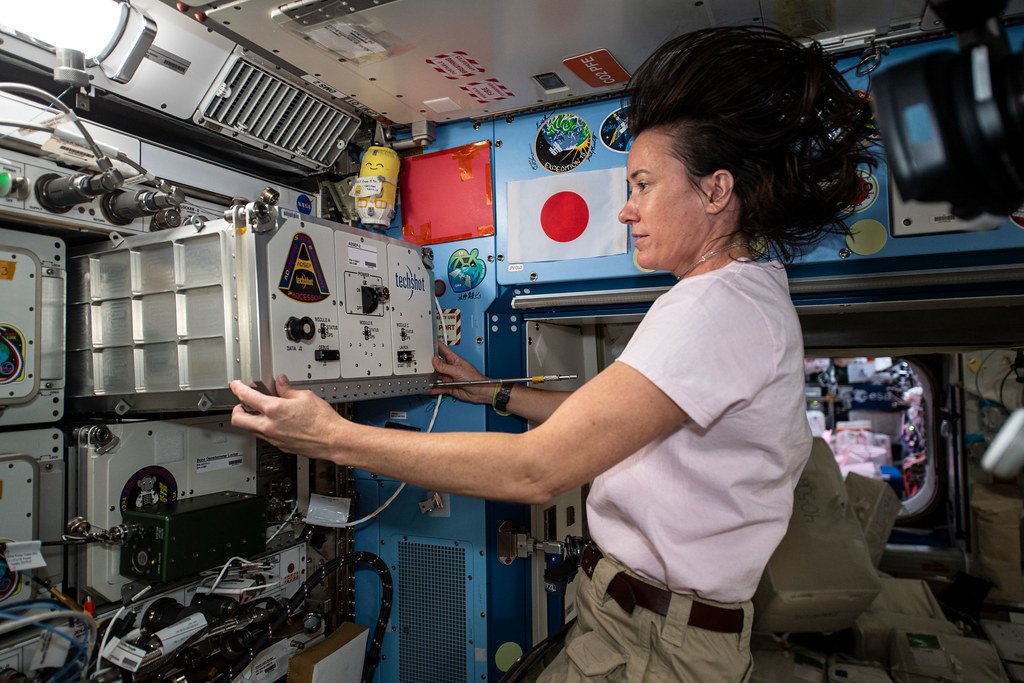
Adaptation is the cornerstone of survival, and microbes are masters of this art. On Mars, they would need to adapt to the planet’s unique challenges, such as its low atmospheric pressure and limited water availability. Scientists are studying how microbes could potentially modify their metabolic processes to utilize available resources on Mars. For example, some microbes on Earth can use perchlorates as an energy source, a capability that could be crucial for survival on Mars. Understanding these adaptive mechanisms not only sheds light on the potential for life on Mars but also informs the development of life-support systems for future human missions.
Experiments in Simulated Martian Conditions
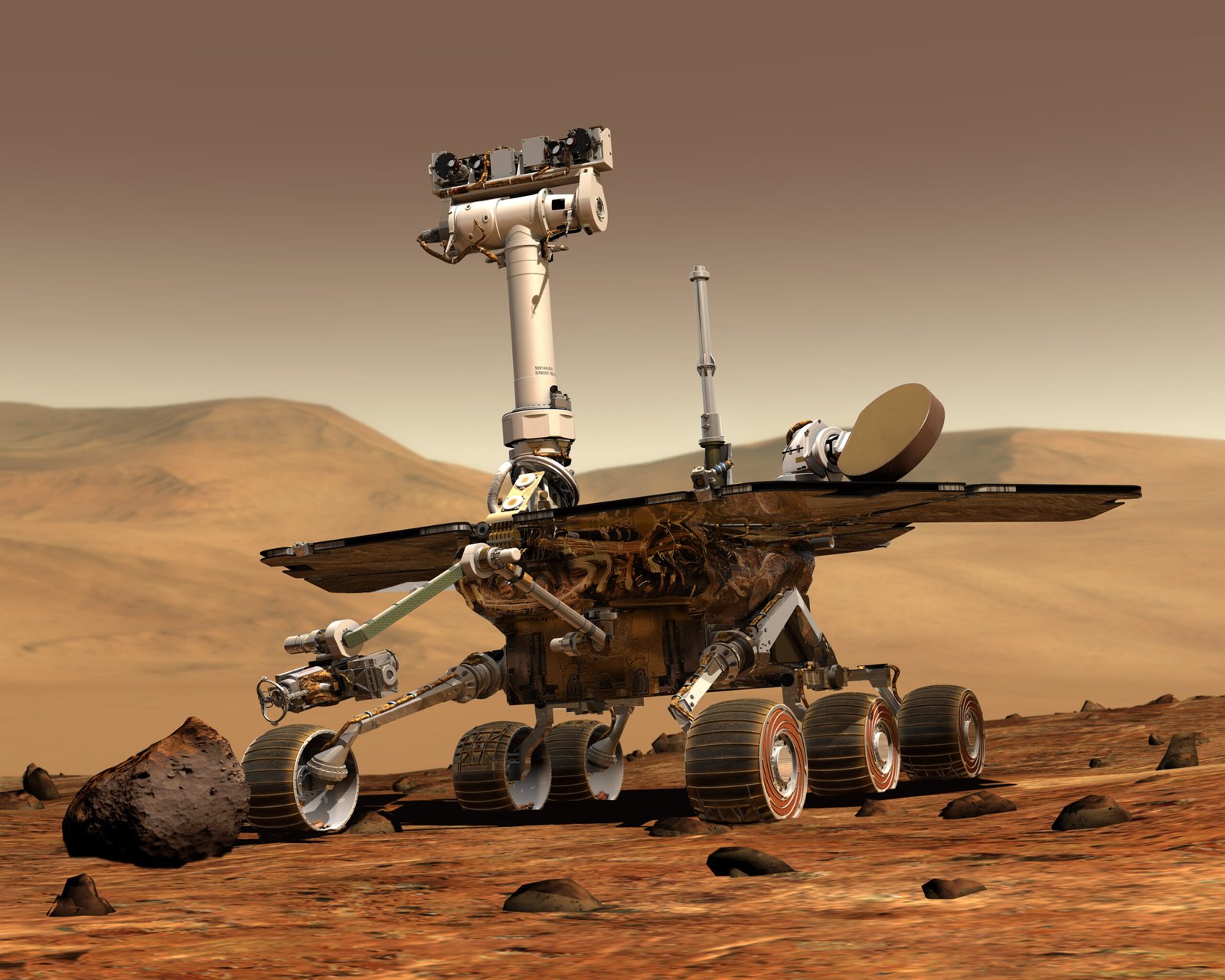
To test the survival capabilities of Earth’s microbes on Mars, scientists conduct experiments in simulated Martian conditions. These experiments often involve exposing microbes to low temperatures, high radiation levels, and perchlorate-rich environments. The results have been promising, with certain microbes demonstrating the ability to survive and even thrive under these conditions. These findings are not only exciting for astrobiologists but also provide valuable insights into the potential for terraforming Mars, a concept that involves transforming the Martian environment to make it more Earth-like.
The Role of Microbes in Human Space Exploration
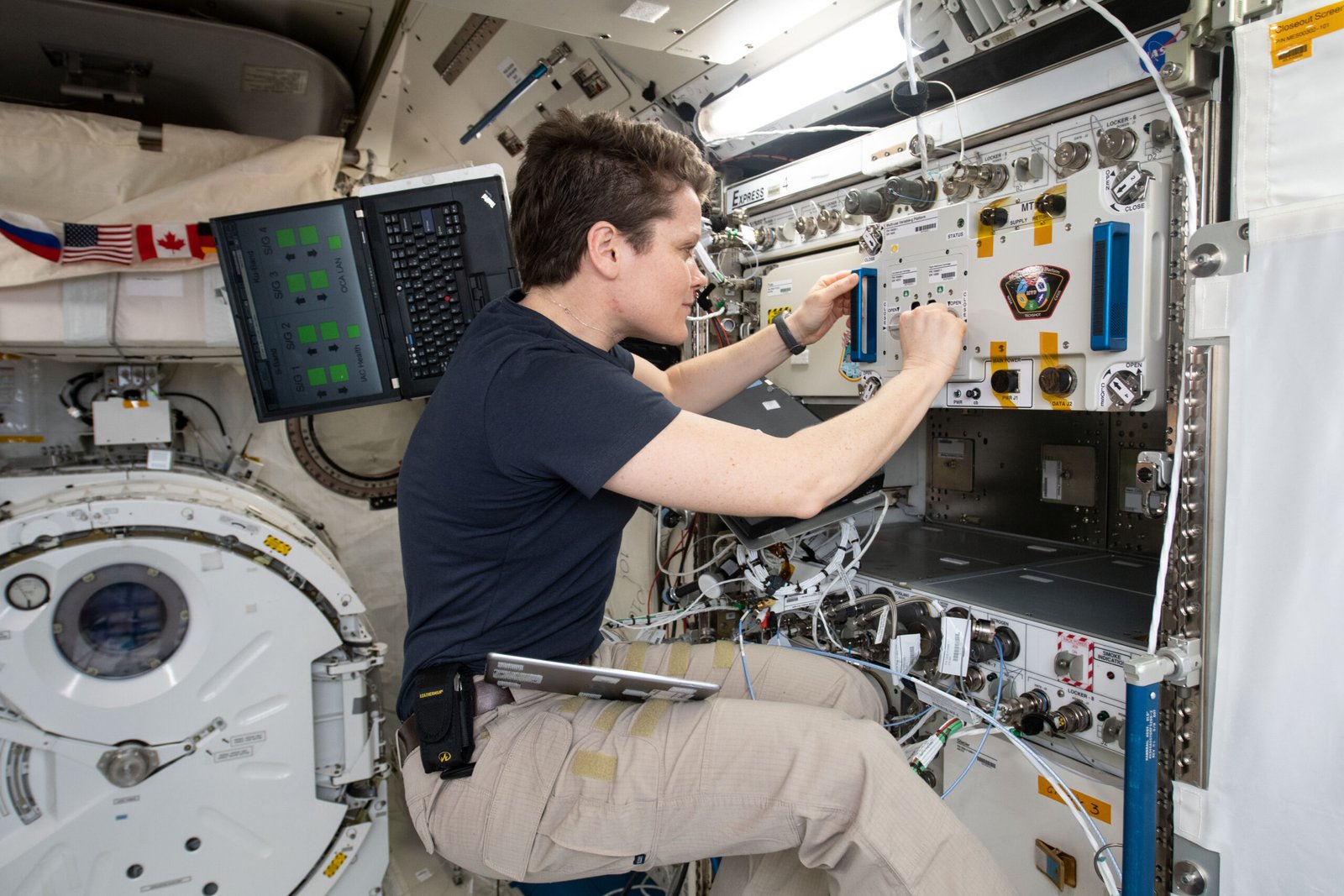
Microbes could play a crucial role in supporting human space exploration. They have the potential to contribute to life-support systems by recycling waste, producing oxygen, and even growing food. For instance, cyanobacteria, a type of microbe, can perform photosynthesis, converting carbon dioxide into oxygen. This capability could be harnessed to create sustainable life-support systems for astronauts on Mars. Furthermore, understanding how microbes interact with Martian soil could pave the way for developing agricultural systems on Mars, supporting long-term human colonization efforts.
Challenges and Ethical Considerations

While the prospect of microbes surviving on Mars is exciting, it raises several challenges and ethical considerations. One major concern is planetary protection, which aims to prevent contamination of Mars with Earth life forms. Introducing Earth microbes to Mars could interfere with the search for native Martian life and potentially disrupt any existing ecosystems. Scientists must carefully weigh the benefits of microbial introduction against the risks of contamination. Additionally, ethical considerations surrounding the potential impact on Martian environments must be addressed before any large-scale microbial experiments are conducted.
Potential Implications for Terraforming
The survival of microbes on Mars could have significant implications for terraforming—the process of transforming the Martian environment to support human life. If microbes can survive and even thrive on Mars, they could be used to initiate terraforming processes. For example, certain microbes could be engineered to convert carbon dioxide in the Martian atmosphere into oxygen, gradually making the planet more hospitable to humans. While terraforming remains a distant dream, the potential role of microbes in this process is an exciting area of research that could bring us one step closer to making Mars a second home for humanity.
Public Fascination and the Future of Space Exploration
The idea of microbes surviving on Mars captures the public’s imagination and fuels interest in space exploration. It challenges our understanding of life and its potential to exist beyond Earth. As we continue to explore Mars and other celestial bodies, the possibility of discovering life—whether microbial or more complex—remains a driving force behind space exploration efforts. Public engagement in these endeavors is crucial, as it fosters support for scientific research and inspires future generations to pursue careers in STEM fields.
The International Day of Human Space Flight: A Celebration of Possibilities
The International Day of Human Space Flight is a celebration of human achievement and the boundless possibilities of space exploration. It serves as a reminder of how far we’ve come and the exciting prospects that lie ahead. As we ponder the potential for Earth’s microbes to survive on Mars, we are reminded of the resilience of life and the endless curiosity that drives us to explore the unknown. This day encourages us to dream big and continue pushing the boundaries of what’s possible.
Conclusion: The Future Awaits
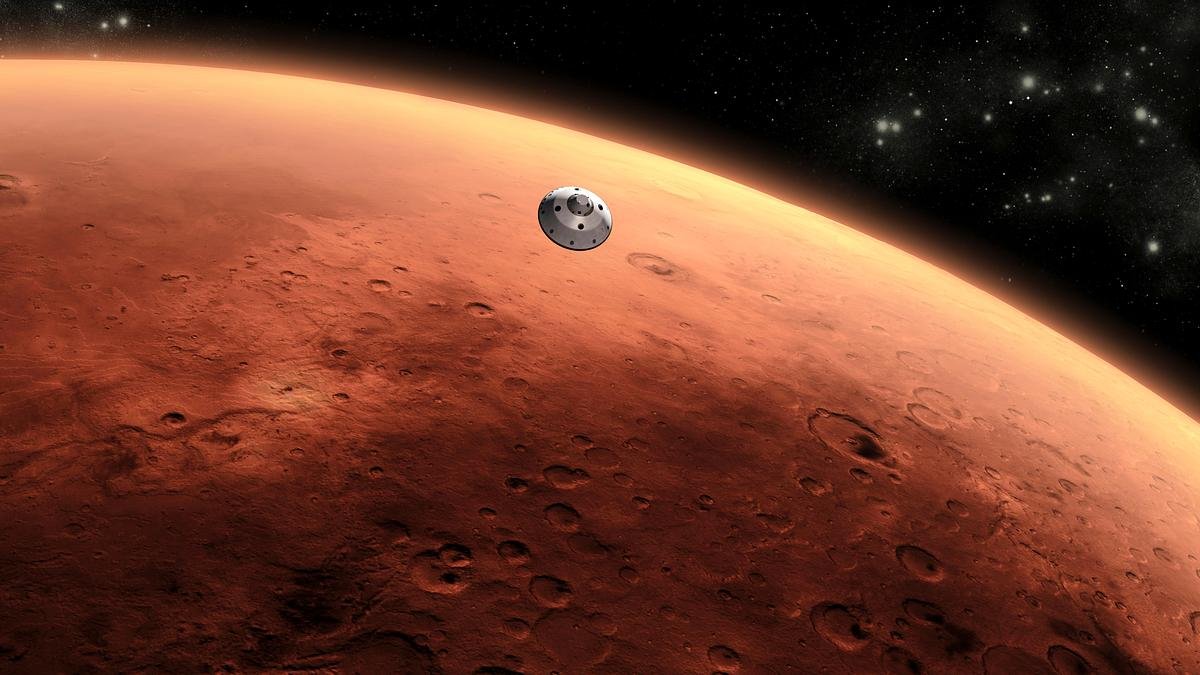
The exploration of Mars and the potential for Earth’s microbes to survive there is a testament to human ingenuity and curiosity. As we continue to unravel the mysteries of the universe, the survival of microbes on Mars could be a stepping stone to human colonization of the Red Planet. The International Day of Human Space Flight reminds us of our shared journey into the cosmos and the exciting discoveries that await us. What role will you play in this grand adventure?

